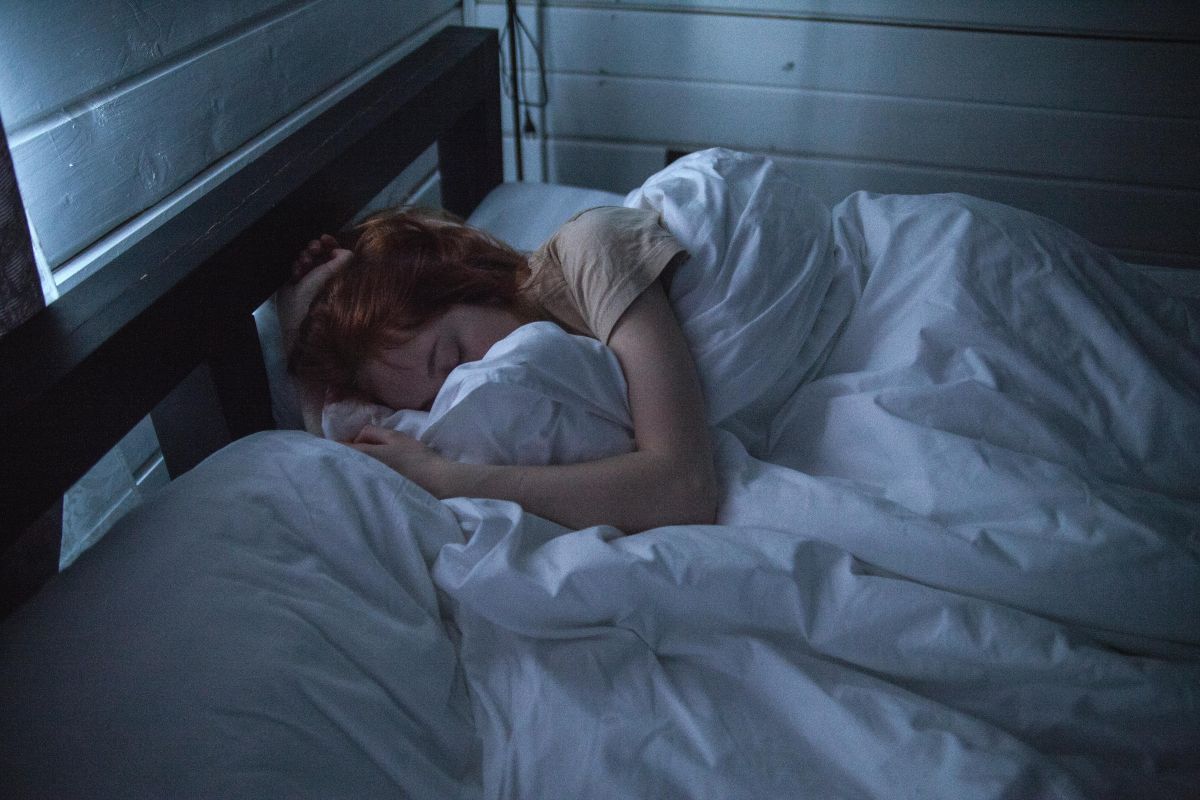Sleeping with artificial light impacts immune function, metabolism, and mood, disrupting millions of years of biological evolution. A new study calls for rethinking how we treat light and time in science.

@Ivan Oboleninov/Pexels
We’ve all done it: fallen asleep with the TV still humming in the background, or let our phone screen be the last glow we see before drifting off. But sleeping with the light on may do more than just disturb your rest—it could be silently disrupting fundamental biological processes evolved over millions of years.
This is the sobering conclusion of a new study led by Randy J. Nelson of Virginia University (USA), published in Genomic Press Innovators & Ideas. Far from being a minor sleep nuisance, exposure to artificial light at night (ALAN) seems to profoundly interfere with the natural light-dark cycle our bodies are biologically wired to follow.
Not just sleep: how artificial light affects your immune system, metabolism and mood
What the research highlights—drawing from an extensive body of previous work—is unsettling: inappropriate exposure to light can actually impair the immune system, suppressing typical immune responses or, on the flip side, triggering excessive inflammation. That’s not a small detail. The immune system isn’t just a defensive wall—it’s a finely tuned orchestra, and light, apparently, is throwing off its rhythm.
Moreover, there’s a clear link between circadian disruption and metabolic disorders, with long-term consequences that could include a greater risk of obesity. It’s not difficult to imagine how a chronically confused metabolism might tip the balance toward weight gain, even when diet and exercise remain constant.
And then there’s the mental health connection. Artificial light at night appears to directly impact mood regulation, suggesting possible ties to depression and anxiety disorders. These aren’t just correlations, Nelson argues—they’re causal pathways that we’re only beginning to understand.
Not the first alarm bell
This isn’t brand new territory. Back in 2022, a major study led by the U.S. National Institutes of Health already warned that sleeping with the light on could be associated with a higher risk of heart disease and diabetes. But Nelson’s work adds more layers to the story—painting a broader picture of how ALAN disturbs more than sleep, reaching deep into our hormonal, immune, and emotional systems.
And we’re not alone. “This kind of disruption happens to other species as well, because of us,” the study points out. Think of urban birds confused about when to sing, or sea turtles misled by city lights. What we see as “just a little light” is, for many lifeforms, a total derailment of their internal clocks.
A day as a biological variable
“Circadian rhythms are a fundamental aspect of biology, and we know a great deal about them from basic science,” says Nelson. “However, very little of this science has been applied to clinical medicine.”
It’s a revealing contradiction. We have decades of research on how biological processes vary depending on the time of day, and yet most medical studies barely consider it. That leads to what Nelson calls a reproducibility crisis—experiments done at different times yield different results, but scientific papers rarely mention the hour a study was conducted.
His provocative but logical proposal? Start treating “time of day” as a critical biological variable.
“The answer to an experimental question may partly depend on the time of day the question is asked. This observation has deep implications for research reproducibility and could explain why some studies fail to replicate previous findings.”
That simple idea—radical in its implications—might be the key to making future research more reliable, and, quite possibly, to helping us sleep and live better.
Sources: EurekAlert / Genomic Press Innovators & Ideas
